Discovering Jaisalmer Fort (Sonar Quila)
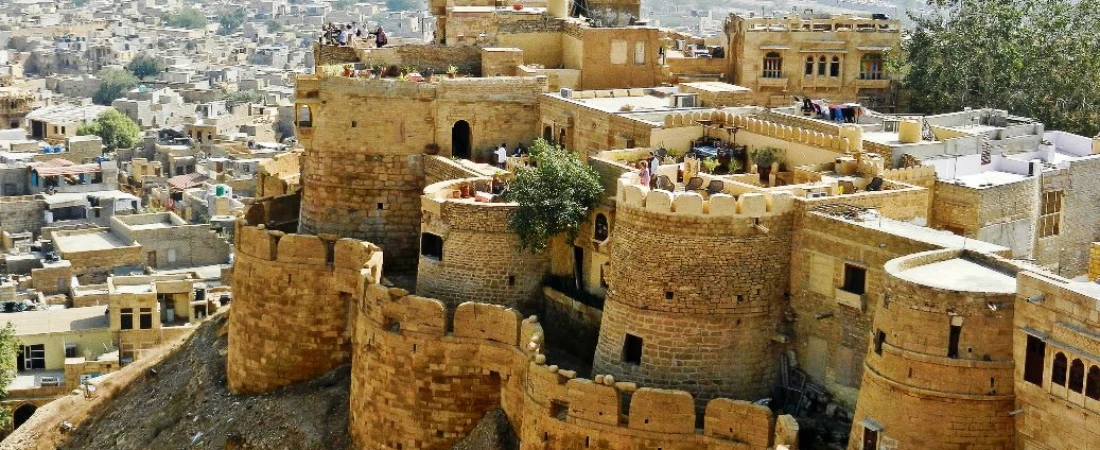
In the sun-scorched heart of Rajasthan’s Thar Desert lies a fortress that appears to rise straight out of a fairy tale — the majestic Jaisalmer Fort, also called Sonar Quila or the Golden Fort. Standing tall since 1156 AD, this awe-inspiring marvel is one of the few living forts in the world, where ancient sandstone walls still echo with the voices of its current residents. From the moment one sets eyes on it, especially during sunrise or sunset, the yellow sandstone glows like molten gold — a sight so breathtaking that it earned the fort its iconic name. Jaisalmer Fort is more than a historic site; it’s a breathing, bustling town with homes, shops, temples, and cafes hidden within its towering ramparts. Recognized as a UNESCO World Heritage Site, it attracts travelers from across the globe who come not only to admire its architectural beauty but to immerse themselves in the timeless traditions preserved within its walls. A journey into this fortress is not just a tour — it’s a step into centuries of Rajasthani valor, artistry, and culture.
History of Jaisalmer Fort
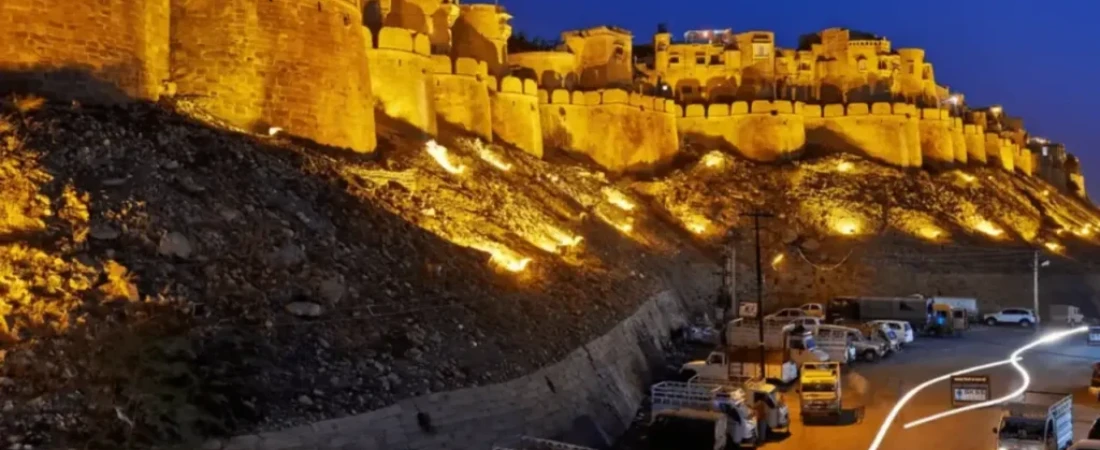
The tale of Jaisalmer Fort begins with Rawal Jaisal, a ruler of the Bhati Rajput clan who founded the fort atop Trikuta Hill in 1156 AD. He chose this spot not only for its strategic elevation but also to escape constant rivalries among the Rajputs in nearby regions. From its very origin, the fort was a statement of power, independence, and vision. Situated on the trade route that connected India to Persia, Arabia, Egypt, and Africa, the fort quickly transformed into a vital commercial hub. Traders carrying spices, silk, and precious metals frequented Jaisalmer, making the fort immensely wealthy and culturally diverse.
However, the fort’s location also made it vulnerable. Over the centuries, it faced several attacks from powerful dynasties. The most notable siege came in the 13th century when Alauddin Khilji attacked the fort, leading to a fierce battle that ended with the tragic mass self-sacrifice, or jauhar, by the women of the royal household. Later, during the Mughal era, the rulers of Jaisalmer occasionally formed alliances with the imperial power, striking a delicate balance between autonomy and diplomacy. Even during British colonial rule, Jaisalmer remained semi-independent and continued as a princely state until India’s independence in 1947. Despite the many challenges it has faced, the fort never lost its spirit. Today, its weathered walls tell stories of ancient trade, royal glory, betrayal, and resilience, making it a sacred symbol of Rajasthani pride and heritage.
Architectural Grandeur

Jaisalmer Fort is a masterpiece of Rajput military architecture fused with intricate artistry and craftsmanship. Built entirely from yellow sandstone, the fort’s outer walls rise nearly 30 feet high and stretch along a perimeter of about five kilometers. What makes it even more captivating is how the structure blends into its surroundings. The fort appears to grow organically from Trikuta Hill, becoming part of the desert landscape rather than merely placed upon it. With 99 bastions, mostly added in the 17th century, the fort's silhouette is dramatic and instantly recognizable, especially when viewed from afar during the golden hours of dawn or dusk.
As one enters the fort through the grand gates — Akhai Pol, Suraj Pol, Ganesh Pol, and Hawa Pol — a maze of narrow cobbled streets opens up. These pathways lead to a mesmerizing collection of palaces, temples, havelis, and courtyards. The Raj Mahal, once home to the royal family, still stands as an example of opulence with its marble floors, intricately carved balconies, and expansive courtyards. Perhaps the most extraordinary aspect of the fort is its seven Jain temples, constructed between the 12th and 16th centuries, each showcasing detailed sandstone carvings, domed ceilings, and religious sculptures that rival the most famed Indian temples.
What sets this fort’s architecture apart is its balance of might and elegance. Defensive design elements like narrow gates and angled passageways once served to confuse enemies, while ornamental designs like jharokhas (balconies), chhatris (domed pavilions), and torans (decorative arches) offered aesthetic brilliance. From functional fortifications to spiritual sanctuaries, every corner of Jaisalmer Fort is a lesson in how utility and beauty can coexist in timeless harmony.
Living Within the Fort
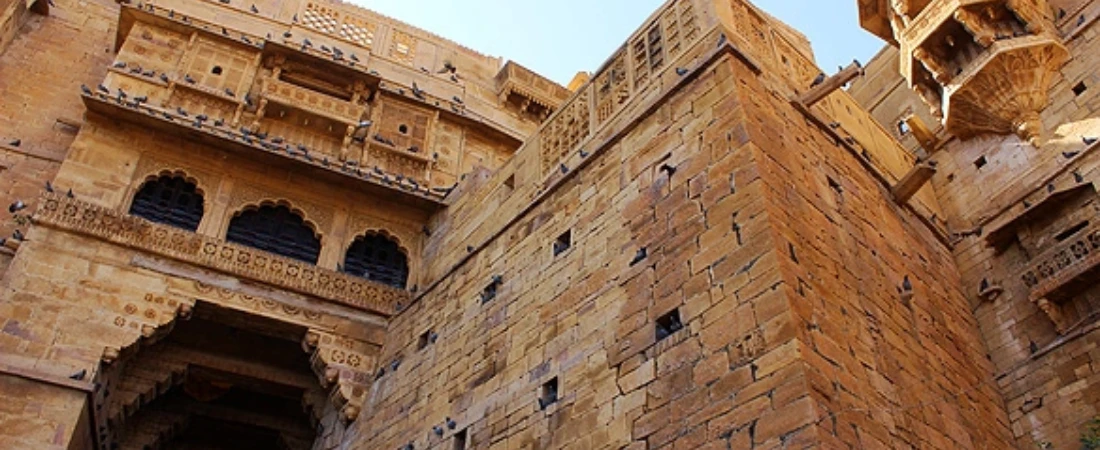
Unlike most historic forts that stand abandoned or restored only for tourism, Jaisalmer Fort is very much alive. Around 3,000 residents still live within its walls, maintaining a lifestyle that has endured for generations. It is one of the rare examples in the world where heritage and daily life intertwine seamlessly. The families living inside are not only caretakers of centuries-old houses but also artists, shopkeepers, and spiritual guides. The lanes are filled with the aroma of traditional Rajasthani cuisine, the sound of temple bells, and the colorful buzz of bazaars selling everything from hand-stitched fabrics to gemstone jewelry and leather crafts.
Religious life is equally vibrant within the fort. The Jain and Hindu temples serve not only as historic landmarks but as active places of worship. Every day, locals and pilgrims come to perform rituals and prayers in the same spaces where their ancestors once did. In the evenings, folk musicians and storytellers often perform, keeping the oral traditions of Rajasthan alive. Cafés and homestays run by local families provide visitors with a chance to experience life within the fort from an insider’s perspective. However, modernity has brought its own challenges. The growing pressure of tourism, coupled with drainage issues and environmental stress, has begun to take a toll on the ancient structure. Despite these concerns, the people of Jaisalmer Fort remain committed to preserving their unique way of life and safeguarding the stories and customs that have thrived here for centuries.
When to Visit

The best time to visit Jaisalmer Fort is between October and March, when the desert weather becomes mild and comfortable. Winter transforms the golden city into an enchanting escape, with clear skies and vibrant cultural activity. This period also coincides with the Jaisalmer Desert Festival, a three-day celebration held every February. During the festival, the fort and surrounding city come alive with traditional music, camel processions, puppet shows, and competitions that display the richness of Rajasthani heritage. It’s an ideal time for photographers, culture lovers, and curious travelers alike.
For a rewarding visit, it’s recommended to start your exploration early in the day to witness the changing hues of the fort under the rising sun. Though entry to the fort itself is free, certain sites within — such as the Jain temples or the Royal Palace Museum — charge a nominal fee. Hiring a local guide can enhance your experience, as their stories bring depth to the fort's many corners. You can reach Jaisalmer by train, bus, or limited direct flights to the city airport. Once in town, local auto-rickshaws or taxis can take you up to the fort’s base. It is also very walkable, so comfortable shoes and a bottle of water are all you need. Be mindful of preserving the fort by avoiding plastic, respecting local customs, and supporting eco-conscious businesses. By treading lightly, you contribute to the conservation of this historic wonder.
Conclusion
Jaisalmer Fort, or Sonar Quila, is not just an architectural gem — it is the beating heart of a living culture. It represents everything Rajasthan stands for: courage, craftsmanship, color, and continuity. As you wander through its narrow lanes, watch the sunset over its ramparts, or share a meal in a centuries-old home, you become part of a story that began nearly a thousand years ago and still unfolds today. Few places in the world offer such an intimate experience with history while surrounding you with living traditions. Whether you’re an avid historian, an artist in search of inspiration, or a traveler yearning for authenticity, Jaisalmer Fort welcomes you with golden arms and endless tales. In a world where so much changes so quickly, the timeless embrace of Sonar Quila is something you’ll carry long after your journey ends.


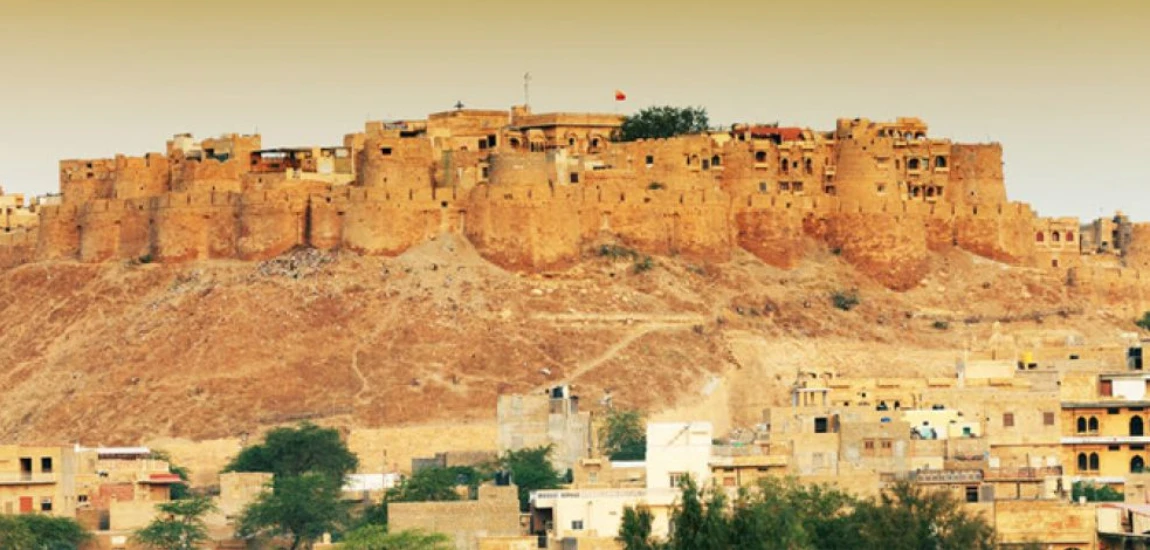
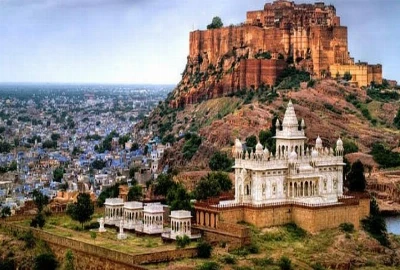
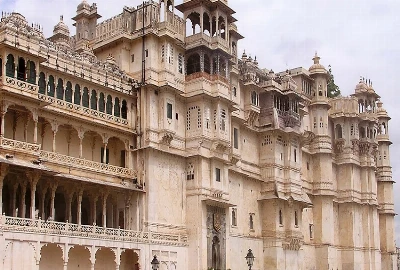


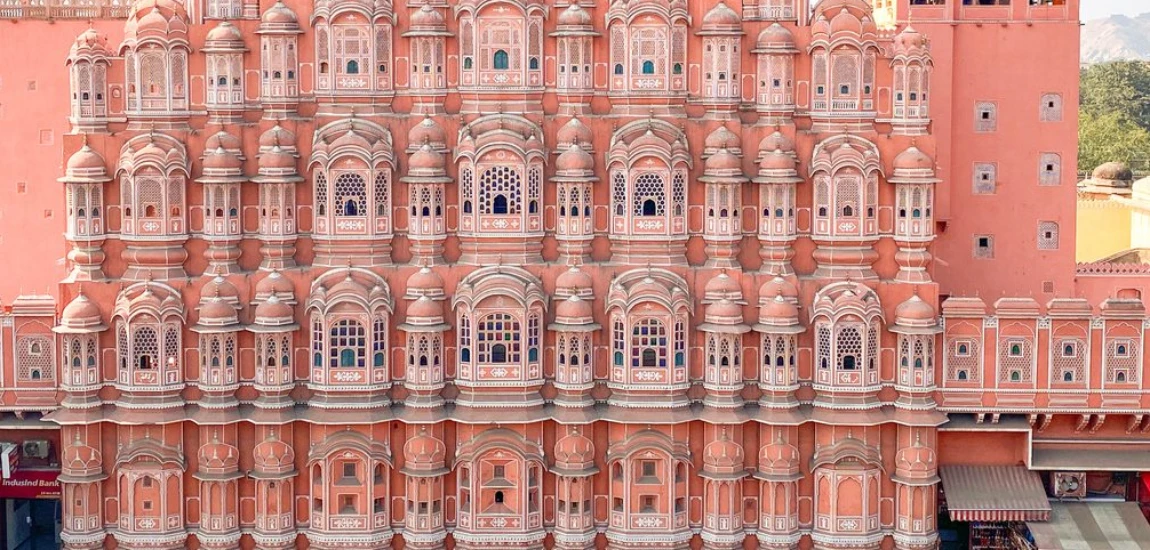

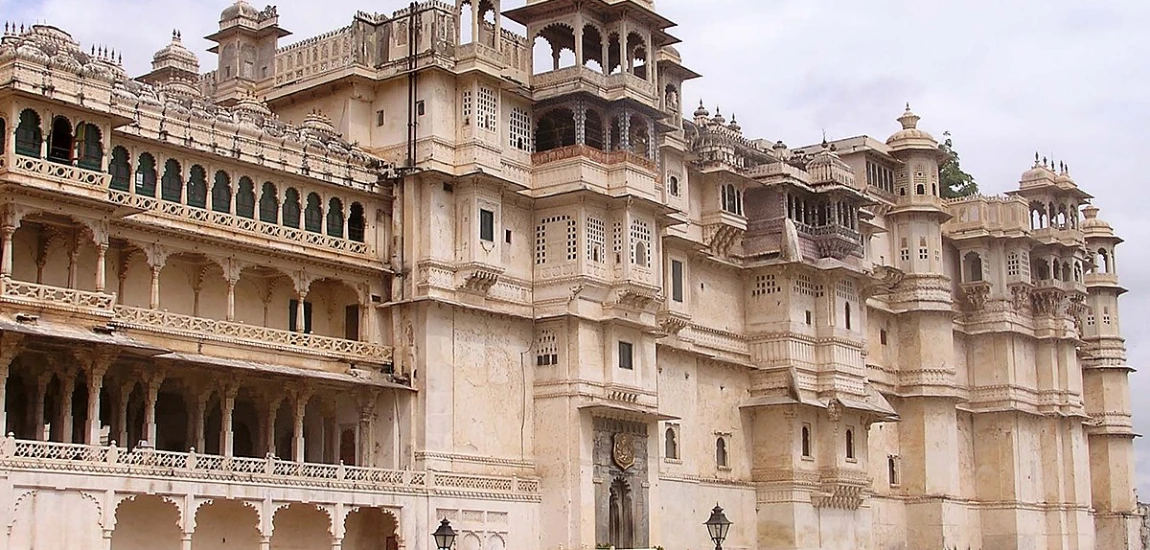
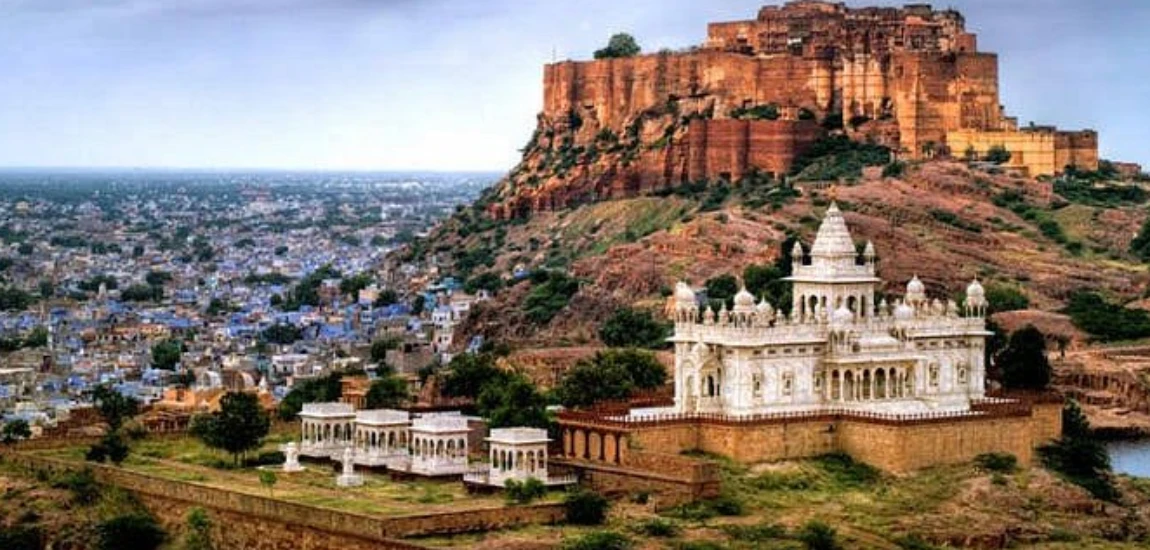
Leave a comment